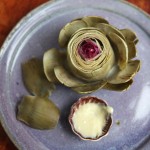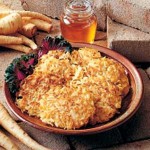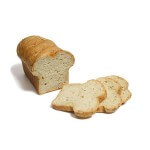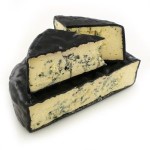Kinds Of Pears
Read about kinds of pears. Did you know that in China the pear tree symbolizes the ephemeral element of existence because it is so fragile and sensitive, while in Western countries it is considered an erotic female symbol? The various kinds of pear tree, as all the trees of the genus Pyrus, come from the Middle East kai the sub-alpine areas of Kashmir. It is said that farmers started cultivating pears approximately 7,000 years ago. A Chinese diplomat-turned-farmer, that lived in China around 3,000 BCE called Li Feng, has linked his name to the cultivation of all kinds of pears in Eastern tradition, since he quit his job in order to devote himself to the cultivation of pears. Respectively, in the West it was the Romans that are responsible for making the cultivation of different varieties of pears so widespread. At some point Europeans are said to have carried with them several kinds of pears and brought them to Eastern America. That’s where large cultivation areas were developed, to the point where the certain area based their economy almost solely on the cultivation and trade of pears.
The kinds of pears we cultivate today are pretty much the same with those cultivated for the first time in France and in Belgium, and are characterized by a very delicate taste and soft texture. This kind of pears also could be preserved more than any other kind. In today’s world there are more than 15,000 kinds of pears, but all of them come from two basic varieties: the Asian pear (pyrus sinesis) and from the European variety (pyrus communis).
Among the most well-known kinds of pears, is the Williams variety, as well as the Red Barlett, which is similar except for that the fruit is red instead of green. Both their fruits are of average size, tasty and juicy, and is used in the production of compote. Yet another kind of pear is the Abate-Fetel variety which gives impressively large fruits with a sweet taste. In Asian countries, the most famous kind of pear is the Nashi fruit, which is juicy but crispy like an apple, and that’s why it is called pear apple. The only difference with an actual apple is that the pear apple is sweeter. The list of the different kinds of pears seems endless, that’s why I shall only mention but a few more that anyone must have heard when looking into the different varieties of pears: the Highland variety, Santa Maria, Coscia, and Passa Crasana.
We all know, more or less, the nutritional value fruits have, and it could not be any different for pears. Besides being tasty, pears have a great amount of vitamin C and K, as well as vitamins E and B. In addition, pears are a source rich in potassium, calcium, phosphorus, manganium, and magnesium, zing and iron. They also have a lot of fibers that promote a healthy intestinal function. On average, a normal pear with its skin, can provide us with 5 grams of fibers, a quantity that covers almost 20 per cent of our daily needs. Don’t you think its high time you had a break and enjoyed yourselves a nice pear?






